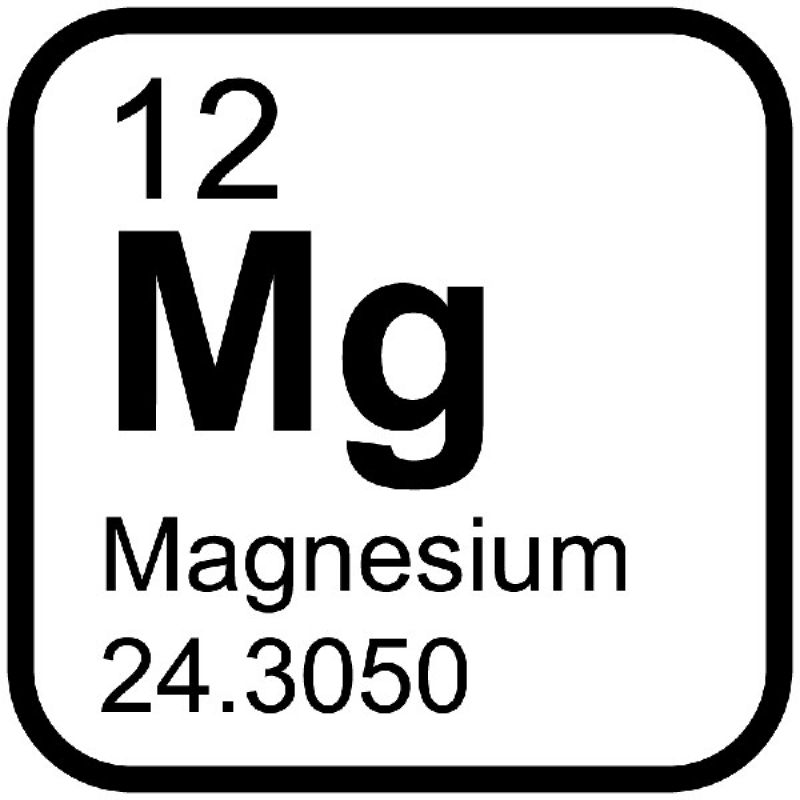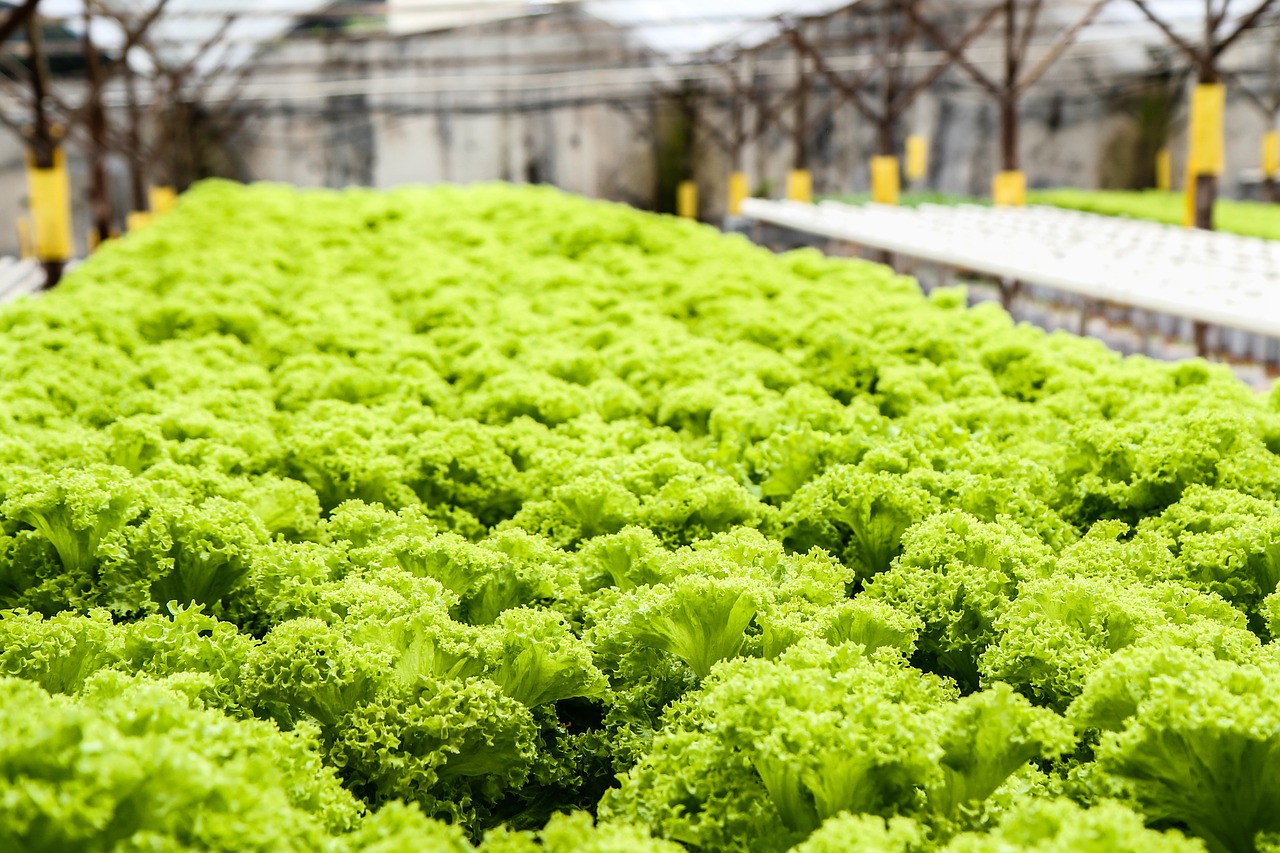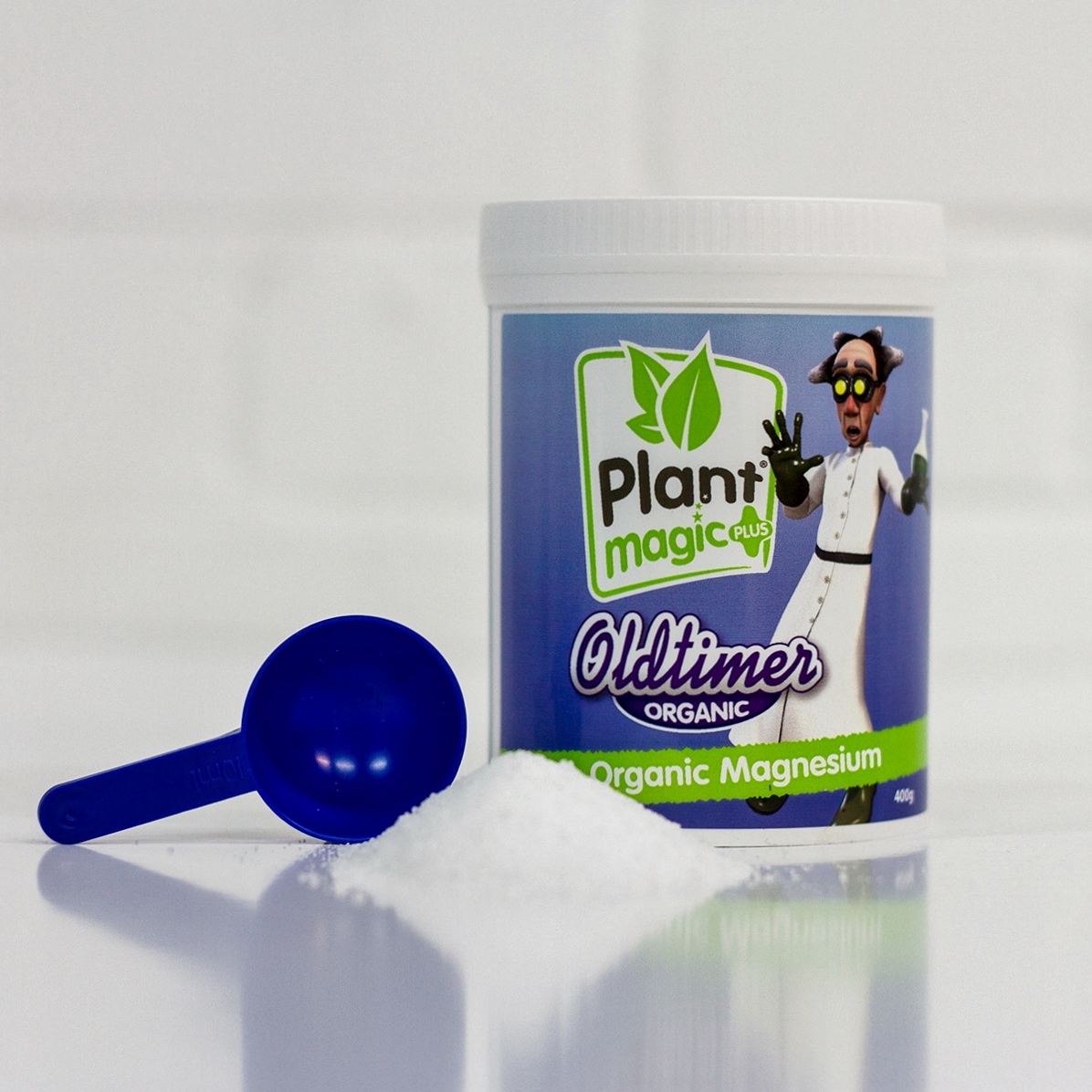
When it comes to plant nutrition, you have three main nutrients (primary macronutrients), Nitrogen, Phosphorus and Potassium (the N, P & K on the label). After that comes the secondary macronutrients, Calcium, Magnesium and Sulphur (Ca, Mg & S). Finally the trace elements of Copper, Zinc, Iron, Boron, Chlorine, Manganese, Molybdenum and Nickel (Cu, Zn, Fe, B, Cl, Mn, Mo & Ni). Much like nutrition for people, all of these must be balanced and in the correct proportions for the plant to be healthy. When growing in soil, depending on the fertility of the soil, and the feeding needs of the plants, some or all of the nutrition is in the media, and only heavier feeding plants, or low fertile soils need fertilisation. When growing hydroponically these nutrients must be supplied by the grower as the growing media provides none, although tap water can provide some minerals.

When it comes to plant feeding levels, the water used can plays an important part of the nutrition and a divide between hard water, and soft water becomes apparent. In the UK, water hardness can vary greatly from the predominantly soft western side where the EC can be as low as 0.1mS/cm (70PPM Truncheon) or even below, compared to areas in London, where it can be as high as 0.8mS/cm (560PPM Truncheon). At Plant Magic we offer our base nutrients in hard or soft water variants to help customers in different parts of the UK balance their nutrient with their water supply. However we can only offer general fertilisers, and can’t tailor make nutrients for each and every part of the country and even if we did water supply can vary from season to season and street to street. Also some nutrients we produce are unable to be made in hard and soft variants, such as the Oldtimer organic range. To help our customers to achieve healthy plant growth, we have a variety of additives and beneficials that supplement our feeds, helping to provide extra macro/trace elements, hormones, amino acids and much more.
The Oldtimer nutrient range has been designed for use in soil-based media, and as such both the water and the media will provide nutrition to the plant, along with the feed. In soft water areas, and when growing heavy feeding plants such as tomatoes, they may potentially not provide as much nutrition as the plant requires, so we have a new product to help. Plant Magic Oldtimer Magnesium has been introduced to our popular organic range to help these growers. The feed contains an organic source of magnesium that is readily up taken by the plant which can either be used to prevent a deficiency, or if one has arisen, to cure it. Magnesium is important for plants to produce Chlorophyll, the molecule that allows plants to use energy from sunlight (and also gives plants their green colouring). It also contains the other secondary macro nutrient Sulphur, which is important for plants to synthesise amino acids, oils and proteins.

Magnesium deficiency presents as interveinal chlorosis, which translates as yellowing between the veins on the leaves, shortly followed by rust-coloured spots on the leaves. As magnesium is mobile within the plant, during a shortage it is transported to the younger leaves to maximise its ability to harness the energy from sunlight. This means the yellowing/rusting will occur first in the older leaves and spread towards the newer leaves at the top of the plant.
As with my previous blog on pests & diseases, prevention is better than cure. As such we recommend that the Oldtimer Magnesium is used even when your plant is healthy, once during the middle of the growing phase, and once during the middle of the flowering phase. The scoop provided gives 10g which will do a 10ltr watering can (the dosage works out at 1g/ltr). If you experience deficiencies, have very soft water or are prone to magnesium deficiencies then the dosage can be increased as necessary. Ideally magnesium levels in the media should be about 1/3 that of the Potassium, so that the two elements don't inhibit uptake of each other.
Bij Plant Magic, werken we hard achter de schermen om u te voorzien van de beste voeding, additieven en groei media. Om u te helpen om het meeste uit uw gewas te halen. Maar succesvolle tuinbouw is meer dan alleen meststoffen, dat is waarom we deze blog gebruiken om u te voorzien van nieuwe inzichten, tips en technieken om uw tuin die magische ''touch'' te geven.
Als u vragen heeft over een product van ons, of als je meer wil weten van bepaalde stadia van de groeicyclus van begin tot eind. Neem dan contact met ons op via het contactformulier of op social media, zodat je vraag onderdeel kan worden in onze volgende Blog. Ook hebben we een meesgestelde vragenlijst in onze FAQ
Copyright ©2024 Plant Magic Plus Ltd.
PrivacyCookiesAlgemene voorwaardenSite